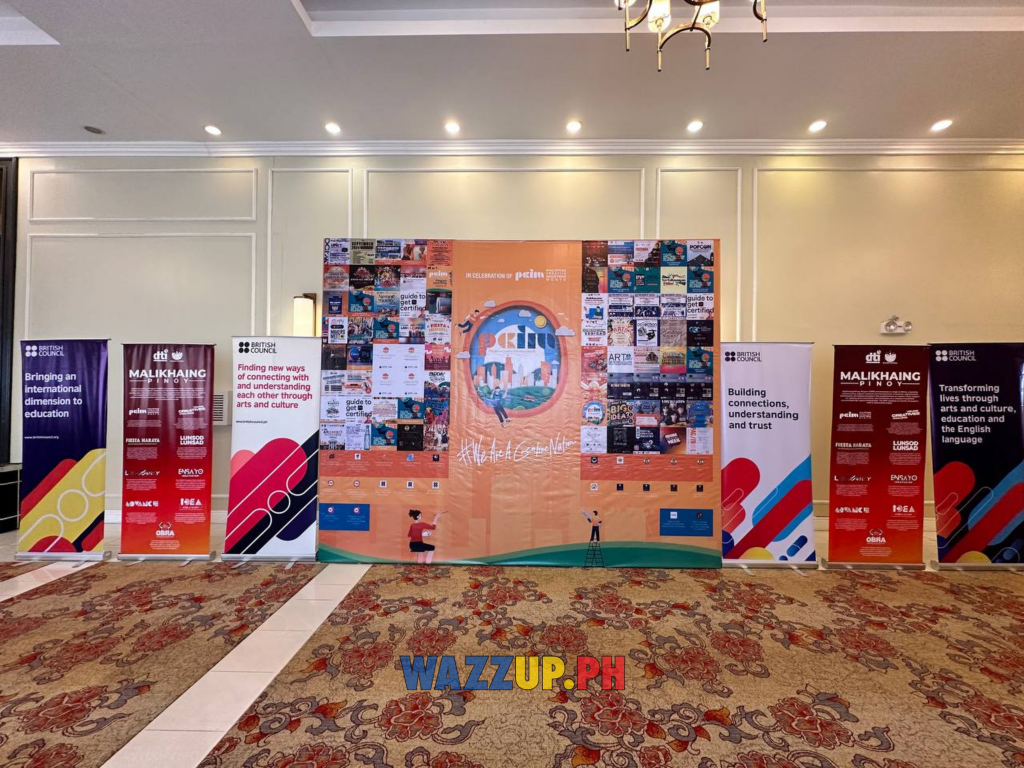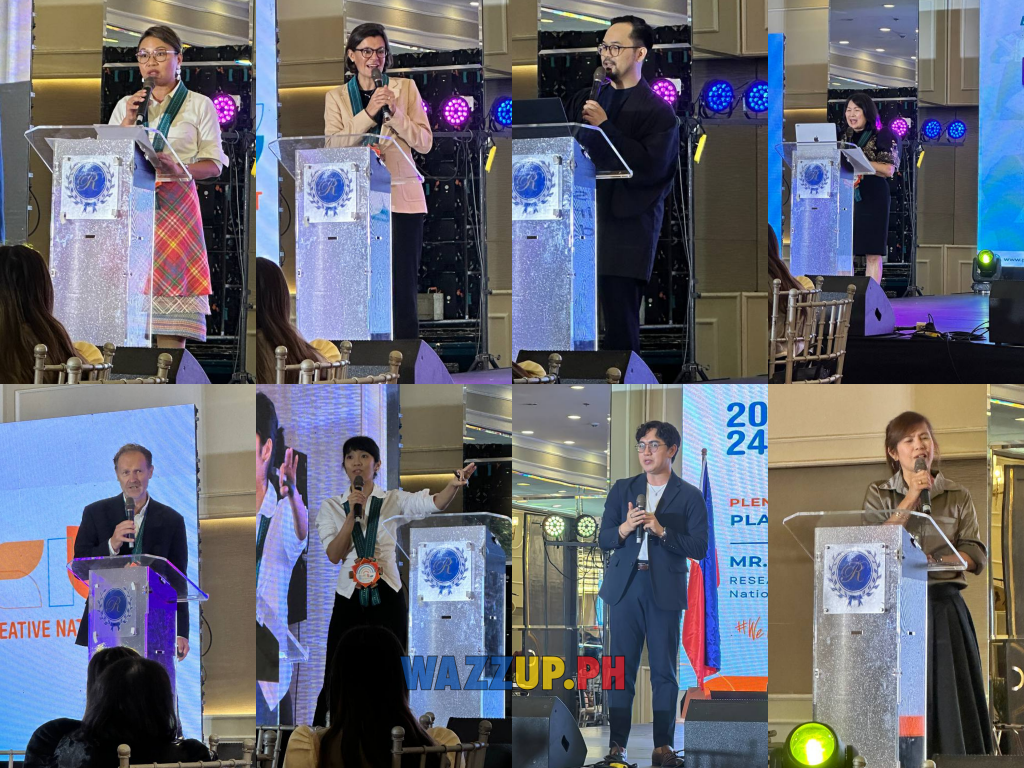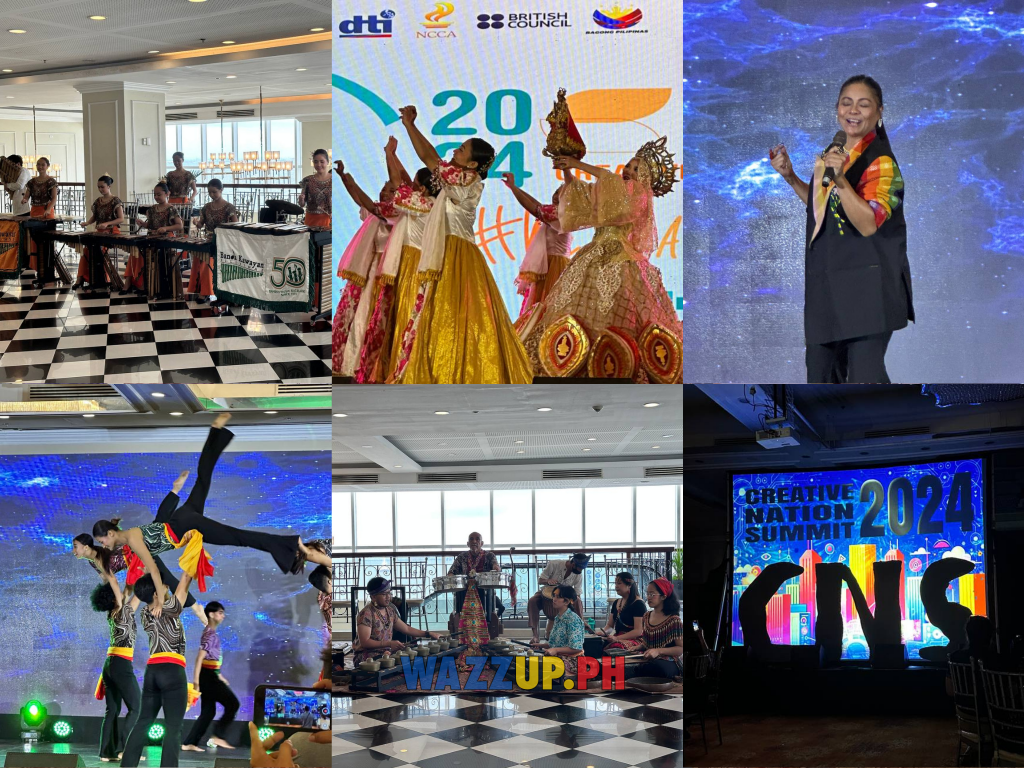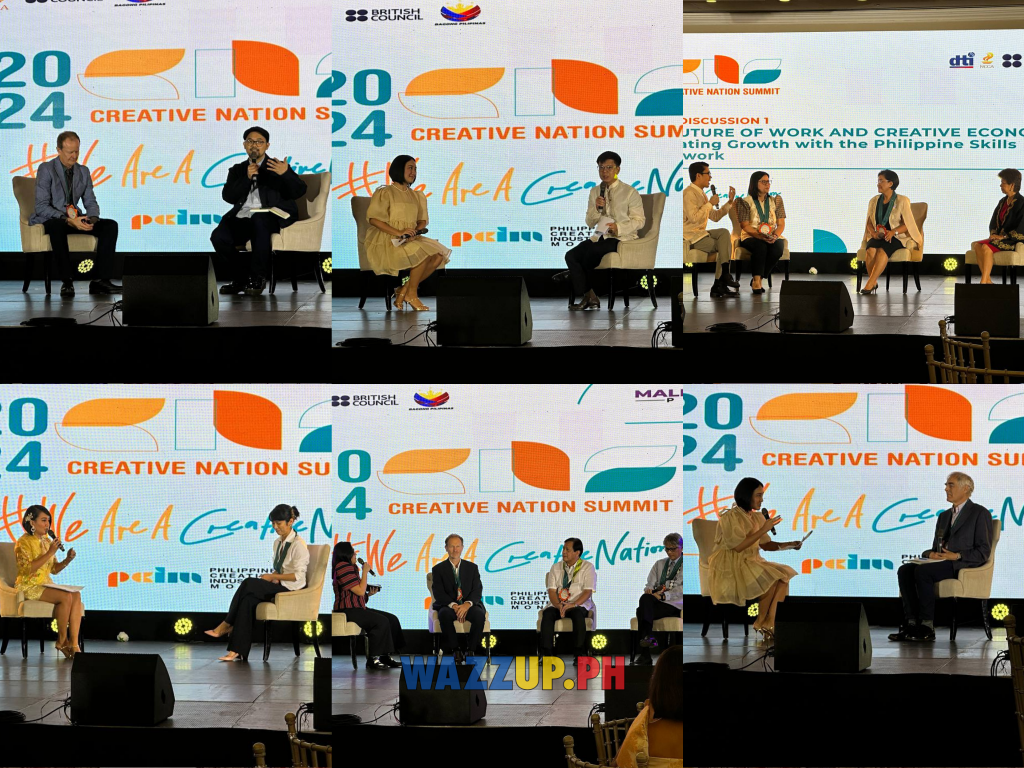

September marks the Department of Trade and Industry’s “Philippine Creative Industries Month”. This initiative is part of DTI’s goal that the Philippines becomes a creative hub in the year 2030. With more than a hundred activities and events done nationwide, the Creative Nation Summit served not only as the conclusion for the month, but also a fitting start in championing the creative industries in the country. The creative industries include both cultural & traditional creatives and the technological applications that can be used in order to enhance production quality and effectiveness.
There were three main points that were discussed in order for us to attain the creative hub status by 2030; the first of which is Creative Technology (also known as “Create Tech”), which was the point of discussion during the first day of the summit. Introducing the presentations with a number of statistics showing the creative industries’ growing contribution to the country’s economy every year, members of the public & private sectors, as well as key members of the British Council, talked about the importance of applying technology in terms of creativity and innovation.

Some of the technological tools mentioned were: virtual reality (VR), augmented reality (AR), and artificial intelligence (AI). For the AI tool, Ms. Esme Palaganas, a fellow of the Salzburg Global Seminar for Culture, Arts, and Society’s Program on Art, AI, and Governance, has added that a movement to protect artists and creatives must be done in order to encourage and promote ethical machine learning of generative AI technology.
The first panel discussion tackles on the future of the creative economy in which representatives of DOLE and TESDA and the Commissioner of CHED participated. They emphasized the need for more creative-centric trainings, college degrees, and the like in order for the future creative workers to become more competent and adaptable to the ever-evolving industry.
The first day has also seen performances by Bandang Kawayan, Mandaue Cultural Dance Troupe, Ms. Bayang Barrios, and Performance Martial Arts Philippines, showcasing homegrown talent inspired by cultural roots of their heritage.

The Summit opens its second day with the last two main points of discussion: Creative and Cultural Statistics & Creative Placemaking. The presentation stressed that despite the initiatives on creating a framework for cultural and creative statistics by UNESCO and the Philippine Statistics Authority (PSA), there are still roadblocks considered as creativity. Mr. Emerson M. Aquino, the OIC – Division Chief of PSA, presented the 2024 Philippine Standard Creative Classification System (2024 PSCrCS) and has addressed the three challenges in its development:
- No standardized concept of creative economy and creative industry
- Evolving concept of creativity, and
- Subjectivity of creativity
With this, the PSA has encouraged local and private sectors in helping the national-level sector provide more data within the creative industries. Providing more creative & cultural statistical data will be crucial in policy-making and promote further growth of the industry.

The third main point – Creative Placemaking – is a concept that might sound new and unfamiliar, but as Mr. John Christopher Mesana, a Research Faculty from the National University-Philippines pointed out, creative placemaking has already found its footing in select places in the country. There are positive impact in creating and maintaining these creative places, especially in creating more art-related jobs and more college graduates, to say a few.
Mesana also highlights the concept of “mattering”, as it is a common misconception towards Filipinos that creative jobs “do not put food on the plate”. He explains that this misconception can be improved by understanding “mattering”, which is to give more value to the creative workers who in turn do their utmost best in creating artistic, creative products and services as they give value to their own work.
A shadow dance performance by El Gamma Penumbra gives an impactful wrap up to the topics shared, discussed, and reflected on the past two days of the summit.
Let’s continue to champion the arts and creatives industry, and with the help of our public and private sectors, may we aim to become a Creative Nation by 2030.
#WeAreACreativeNation







